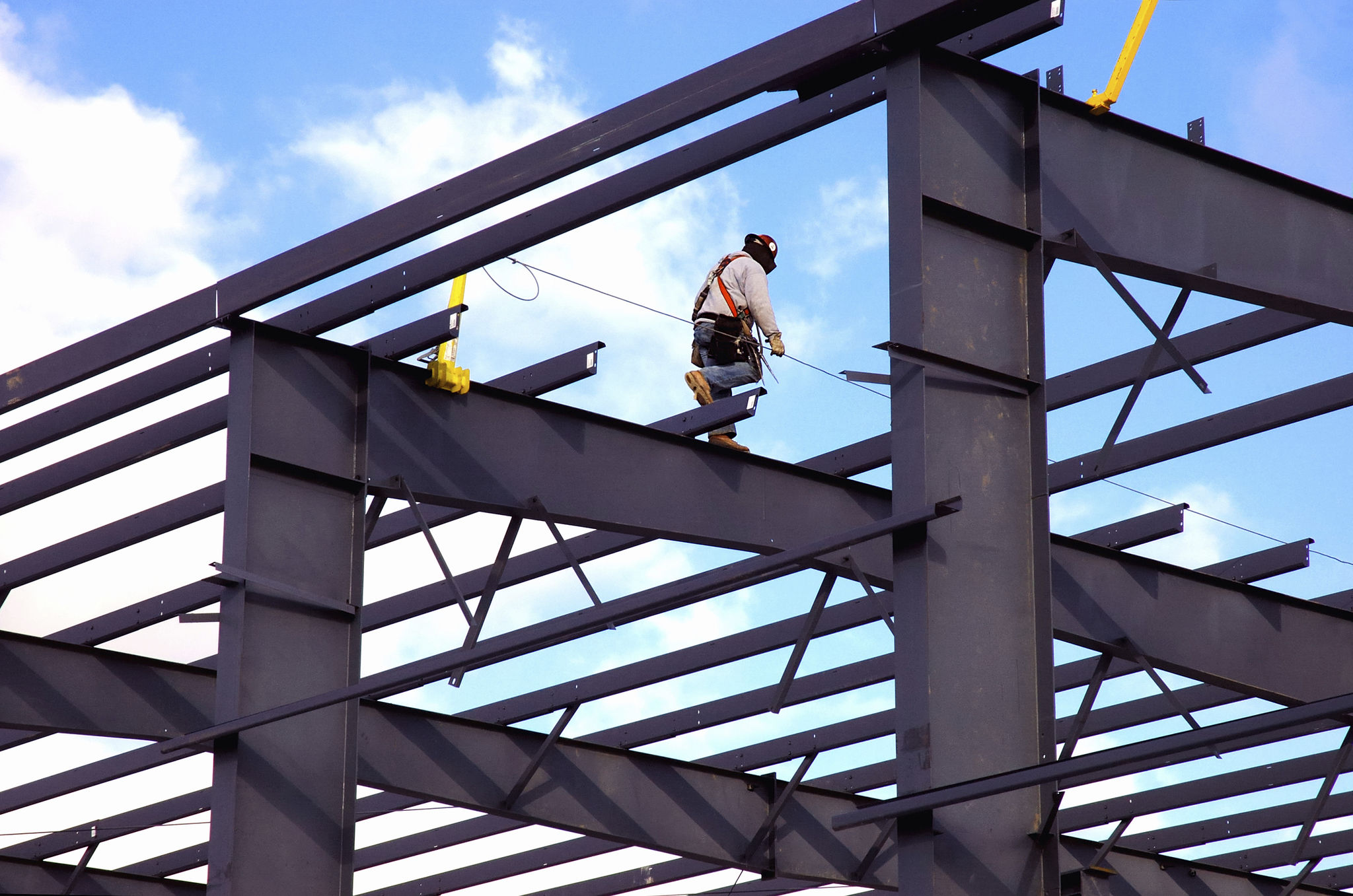Top Trends in Eco-Friendly Building Materials for West Texas Homes
Introduction to Eco-Friendly Building
As the world becomes increasingly conscious of environmental sustainability, the construction industry is making significant strides in adopting eco-friendly materials. This trend is particularly relevant in West Texas, where sustainable practices are gaining traction. Homeowners and builders alike are exploring innovative materials that reduce environmental impact while enhancing the durability and aesthetic appeal of homes.

Bamboo: A Rapidly Renewable Resource
Bamboo is emerging as a popular eco-friendly building material due to its rapid growth and renewability. Unlike traditional hardwoods, bamboo can be harvested in a fraction of the time, making it a sustainable choice for flooring, cabinetry, and even structural elements. Its strength and flexibility make it an excellent alternative to conventional wood products.
In West Texas, where the climate can be harsh, bamboo's natural resistance to moisture and pests adds to its appeal. Homeowners are increasingly opting for bamboo flooring to create stylish interiors that are both functional and environmentally responsible.
Recycled Steel for Structural Integrity
Recycled steel is another standout material in the realm of sustainable building. Its use in construction reduces the need for new steel production, which is an energy-intensive process. Recycled steel offers the same structural integrity as new steel but with a significantly lower environmental footprint.

In West Texas, where strength and durability are key concerns due to potential extreme weather conditions, recycled steel is an ideal choice. It provides robust support for homes while aligning with eco-friendly building practices.
Cork: Versatile and Sustainable
Cork is gaining popularity as a versatile building material that is both sustainable and aesthetically pleasing. Harvested from the bark of cork oak trees without harming the tree itself, cork regenerates quickly, making it a renewable resource. Its natural insulating properties make it an excellent choice for flooring and wall coverings.
In West Texas homes, cork's thermal and acoustic insulation capabilities are particularly beneficial, helping to maintain indoor comfort while reducing energy consumption. This makes cork an attractive option for eco-conscious homeowners looking to enhance the efficiency of their living spaces.

Rammed Earth: Embracing Natural Aesthetics
Rammed earth construction is becoming a preferred method for those who appreciate natural aesthetics and sustainability. This technique involves compacting a mixture of earth, clay, and gravel to form solid walls that offer excellent thermal mass. The result is a sturdy structure with a distinctive earthy appearance.
In the arid climate of West Texas, rammed earth homes provide natural insulation against temperature fluctuations, reducing reliance on artificial heating and cooling systems. This not only saves energy but also offers a unique architectural style that blends seamlessly with the local landscape.
Conclusion: The Future of Green Building
The adoption of eco-friendly building materials in West Texas reflects a broader shift towards sustainable living. As technology and innovation continue to advance, the availability of environmentally responsible options will only increase. Homeowners who choose these materials contribute to a healthier planet while enjoying the benefits of durable, energy-efficient homes.
By staying informed about these trends, builders and homeowners can make conscious choices that benefit both their communities and the environment. The future of homebuilding in West Texas is indeed looking green and promising.
